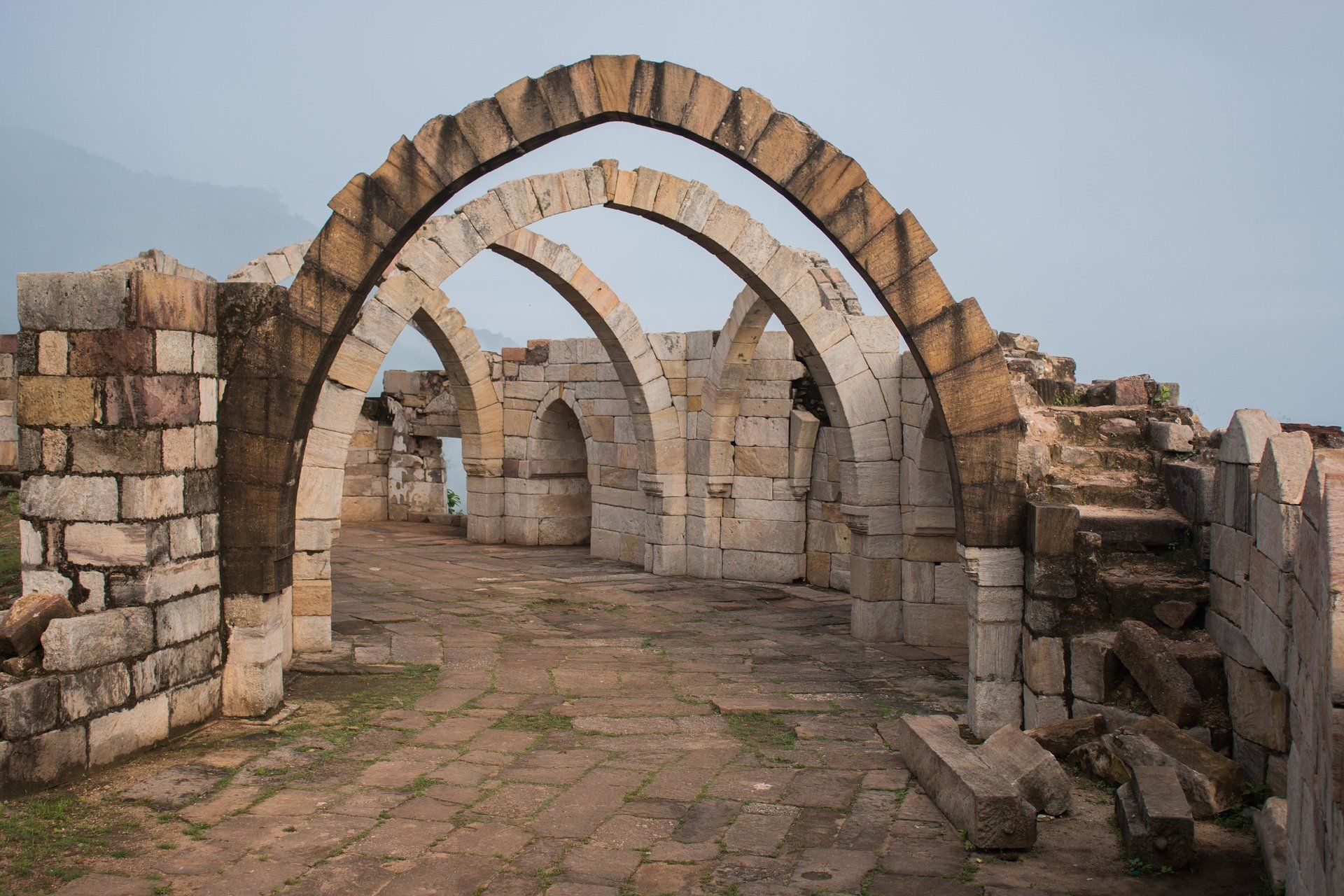Archaeologists have discovered a large Roman fort on the Dutch coast, a mere 20 miles from the capital, Amsterdam. The fort, located in Velsen, is believed to have played a major part in the Roman invasion of Britannia (modern day Britain) in 43 AD.
According to Dr Arjen Bosman, the archaeologist behind the discovery, extant evidence suggests that the fort at Velsen was the Roman Empire’s northernmost fort in Europe. Research suggests that it was built to keep a Germanic tribe called the Chauci at bay, while also serving as a base for the Roman invasion of Britannia. Archaeologists estimate that the fort housed a full Roman legion consisting of at least 5,000 to 6,000 troops.
Also read | 2,300-year-old Buddhist period temple discovered in Pakistan
The fort appears to have been established by Roman Emperor Caligula (12 AD to 41 AD) as a staging area and a base for the invasion of Britannia. “We know for sure Caligula was in the Netherlands as there are markings on wooden wine barrels with the initials of the emperor burnt in, suggesting that these came from the imperial court,” said Bosman, adding that Caligula was in the Netherlands to prepare for the invasion of Britannia.
However, Caligula’s attempt to invade Britannia failed as he was killed in 41 AD, but his successor, Emperor Claudius, completed the job in 43 AD. “We have found wooden planks underneath the watchtower, or the gate of the fort, and this is the phase just before the invasion of England. The wooden plank has been dated in the winter of AD42/43. That is a lovely date. I jumped in the air when I heard it,” Bosman told The Guardian, describing his joy at the discovery.
Also read | Nesher Ramla Homo: New mystery human species discovered in Israel
Claudius and his forces landed in Kent in the summer of 43 AD, and the Romans swept through Britain, conquering and annexing it to the Roman Empire within three years.







